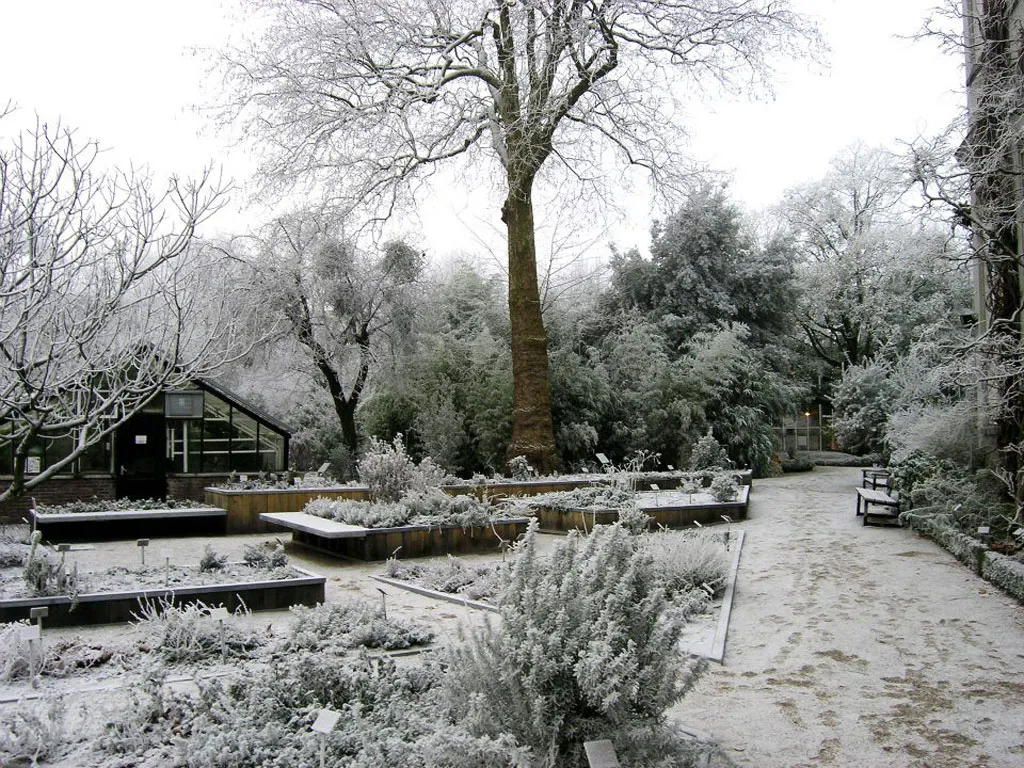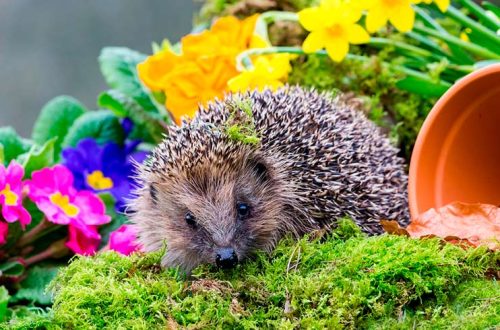
How to Enjoy Your Garden in the Winter
If you’re preparing your garden for the winter, here are some tips to keep your outdoor spaces welcoming. Whether you plan to spend time in your garden outdoors or stay indoors, be sure to wear warm layers of clothing. Don’t forget to wear ski goggles, a hat, and reflective clothing. It can be very chilly outside, so consider installing evergreen trees, which will add visual and olfactory interest.
Planting for scent
In winter, shrubs that have a lingering scent are a welcome addition to the garden. A few of the most fragrant winter shrubs include the Japanese Edgworthia chrysantha, a shrub that looks a little like a viburnum. Its slender grey bud cluster opens to reveal tiny white flowers with a fragrant egg-like throat. For a fragrant, lingering scent, plant it in a sheltered spot.
The best smelling plants for winter gardens are early flowering shrubs and trees. You can find plants that are both fragrant and early-flowering, including sasanqua camellia ‘Scentuous’ and ‘Peruvia glauca’. During the winter, you can also enjoy fragrance-rich osmanthus delvayi, which bears flowers in the winter.
For an early-spring perfume, plant hyacinths in fall. These bulbs should be planted in soil with good drainage and light. The blooms range from red to pink and yellow to white. Hyacinths can be grown in containers or forced to grow indoors. They bloom in March. The scent is so inviting that it’s easy to imagine waking up to the sweet smell of hyacinths in your garden.
If you’re looking for a fragrant shrub to grow in your garden, ‘Dawn’ or ‘Charles Lamont’ are two excellent options. These upright deciduous shrubs bear dense clusters of fragrant flowers that fade from pink to white. Winter-flowering daphnes are also excellent choices for winter gardens. Daphne bholua is one of the most fragrant winter flowering shrubs, and it is hardy enough to grow in our region.
Planting for color
The winter months are often a time to relax in the garden. The cooler temperatures and lowered light levels can show off plants in a whole new light. Winter is the perfect time to visit botanical gardens and look for winter stars. The colors in the winter season can compliment the current winter color palette or add a pop of color to the spring garden. Here are some ideas for plant combinations. And keep in mind to avoid exposing new plants to the harsh winter months.
When choosing plants to add color to your garden, think about the plants that will survive the winter season. Many plants will be able to survive temperatures down to the mid-teens. In addition to perennials, you can try annuals such as pansies, which can thrive even in colder climates. Pansies are best planted in containers. But you can also plant them in the ground in mass.
For more color in the winter, you can choose perennials or bulbs that provide continuous interest. For example, ‘Lenten rose’ has leathery, evergreen foliage and rose-like blooms. Another good option is Hellebores, which self-sow and form colonies of low-maintenance flowers. These plants can be used as accent plants, as well. For a full-fledged garden, consider adding a few winter-hardy perennials and annuals.
Planting dormant plants
If you enjoy gardening but don’t have the time to spend hours every day in the garden, consider planting dormant plants. Plants that are not in bloom will not produce new growth until late March or early April, when the temperatures are consistently warmer. Grasses, on the other hand, won’t show any new growth until mid-April. Plants that don’t produce new growth include the Blazing Star and Liatris. They also have specialized underground stems that keep them alive during the winter.
Most plants will go dormant during the winter because they cannot survive the cold and frost. Plants also cannot collect enough water during this time. The shorter days of winter also mean less sunlight for the plants. During the winter, the leaves of the plants will be lost and the roots of the plants will remain intact. These plants will re-grow their leaves in the spring, and you will be able to enjoy the beauty of your garden even in the colder months.
While many types of perennial and annual flowers are in their dormant states, you can still get them at a discounted rate if you purchase them in early fall or early winter. Many types of plants, including flowering trees, fruit and shade plants, overwinter in containers for the coldest months of the year. By using the fall and winter months to plant dormant plants, you’ll be able to enjoy your garden even more in the spring.

